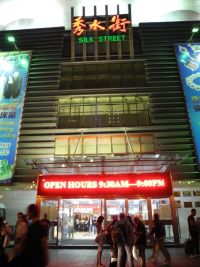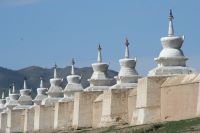Associate Professor of Business Administration Fred Hoyt was selected to participate in a Faculty Development in International Business program in China. The two-week program involved travel to Shanghai, Hangzhou, Guangzhou, and Hong Kong in the Peoples Republic of China to visit factories and learn about the current state of the Chinese economy and Chinese-American business relations from Chinese and foreign experts.
I’m sitting in a plush new hotel (the Meridien) in Shanghai in a choice location; in the city whose name means “above the sea,” I’m above People’s Square, which used to be the racetrack in the days when Shanghai was “the Paris of the East,” a foreign-ruled enclave surrounded by China.
The two days of the Faculty Development in International Business Program have been a nice mix of tourism and business education. The tourism consisted of turning us loose in the Shanghai museum, a wonderful building in easy walking distance of the hotel (the racetrack has become a 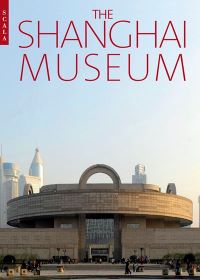 park that houses a library, the museum, orchestra hall, etc). Shaped like a Chinese wine vessel (I think that’s what it is), the museum has a spectacular display of Chinese historical artifacts (I especially enjoyed the Genghis Khan coin), and one of the best bookstores in Asia.
park that houses a library, the museum, orchestra hall, etc). Shaped like a Chinese wine vessel (I think that’s what it is), the museum has a spectacular display of Chinese historical artifacts (I especially enjoyed the Genghis Khan coin), and one of the best bookstores in Asia.
My roommate and I spent the afternoon enjoying being in a big city (Shanghai is some 23 million people), taking the subway (which is relatively new and has helped ease what I remember as one of the worst traffic congested cities in the world!) to the old French Concession for some  sightseeing there. The focal point for me was a revisit of the home of Soong Ching-ling, one of the “Soong dynasty” which was important in China from 1911 until quite recently. Ching-ling married Dr. Sun Yat sen, the patriot who inspired both the Communists and the Kuomintang (the communists’ bitter rivals, who fled in 1949 to Taiwan and have transformed the island into an economic powerhouse). Ching-ling remained on the mainland as an official honored in the People’s Republic; her home is nicely preserved as a memorial both to her and her husband, and to the life of Shanghai when it was a haven (because foreign-ruled) in a war- and warlord-torn China. Her sister, Mei-ling, married Chiang Kai-shek, and was his “good angel” with the American congress for many years. She died recently. (To complete the story, another sister married H.H. Kung, a descendant of Confucius, wartime finance minister of China, and a brother became the Prime Minister).
sightseeing there. The focal point for me was a revisit of the home of Soong Ching-ling, one of the “Soong dynasty” which was important in China from 1911 until quite recently. Ching-ling married Dr. Sun Yat sen, the patriot who inspired both the Communists and the Kuomintang (the communists’ bitter rivals, who fled in 1949 to Taiwan and have transformed the island into an economic powerhouse). Ching-ling remained on the mainland as an official honored in the People’s Republic; her home is nicely preserved as a memorial both to her and her husband, and to the life of Shanghai when it was a haven (because foreign-ruled) in a war- and warlord-torn China. Her sister, Mei-ling, married Chiang Kai-shek, and was his “good angel” with the American congress for many years. She died recently. (To complete the story, another sister married H.H. Kung, a descendant of Confucius, wartime finance minister of China, and a brother became the Prime Minister).
In the evening, they took us to the old city (which was a purely Chinese area) that has been saved pretty much as a tourist attraction. Like much of the city, it is being redone for the Expo 2010 that will serve as Shanghai’s “coming out party” just as the Olympics last year did for Beijing. That meant areas were closed (and have been for two years) as the old buildings, including the imposing former foreign banks along the waterfront — the so-called Bund — are being refurbished. I’m glad they’re not being torn down, but let them add to the eclectic architecture that makes Shanghai a museum of contemporary and European architecture.
The newer buildings (Shanghai’s rebirth has really been in the last 15-20 years) are marvels of architecture; the Pudong area (on the east side of the river) was a rice field the first time I came here, but today houses around 4-5 million people, Shanghai’s modern airport (reached by a mag-lev train), the financial center of China, and the world’s tallest building (at least until the new one in Dubai opened this week).
Today we had two lectures from American organizations interested in building business in China. One is the U.S. China Business Council, which numbers around 200 businesses, about half of them major multinationals. Last year’s survey indicated about 80% were profitable, which given the nature of the world economy, has focused a lot of attention on China’s expected 8% growth this year, although the U.S. economy is still 6X the size of China’s. The world economic crisis has hurt China’s weaker factories, he said; 10,000 have closed. The other presentation was from the Diplomatic Services’ Commercial service, an arm which helps businesses get established in China. He said the biggest challenge is to convince American businesses to do their homework before coming here; it’s a different market with different rules (that vary, ironically, by cities and provinces, despite what we think of in the way of a monolithic totalitarian state). One story he told was of a businessman who got sued by his joint venture partner, and because he had not specified in the contract creating the joint venture what would happen if the company dissolved, he could not leave the country until the lawsuit was settled.
The second part of the day was filled with a drive to Baosteel, supposedly  the largest steel company in the world. What was most interesting to me was its history — in 1978 Deng Xiao-ping (who I call “done shopping”), the leader who opened China to the west (“to be rich is glorious,” he said), told Shanghai to develop a steel mill, and while the Chinese had no experience in the field, he felt the Shanghainese had the ability to learn quickly. Borrowing initially from Japan and Germany, the company has 140,000 employees, and sells 95% of its production domestically (there’s that much demand in China!). It exports 5% to the world’s most demanding customers, our guide from the factory stated, because the company wants to establish its reputation for world-class quality. It’s mostly state-owned, with many of the trappings that accompanied the state-owned industries when they dominated the economy — housing, education, sports, retirement, medical care were all functions of the company, rather than the state. The company (like China generally) has privatized housing (selling it with bank credit over the last decade), but still has 200 busses that transport employees to and from work! In the meanwhile, the state has pledged to institute a social insurance network in the next few years to replace the “rice bowl.” Social stability is the #1 challenge facing the government.
the largest steel company in the world. What was most interesting to me was its history — in 1978 Deng Xiao-ping (who I call “done shopping”), the leader who opened China to the west (“to be rich is glorious,” he said), told Shanghai to develop a steel mill, and while the Chinese had no experience in the field, he felt the Shanghainese had the ability to learn quickly. Borrowing initially from Japan and Germany, the company has 140,000 employees, and sells 95% of its production domestically (there’s that much demand in China!). It exports 5% to the world’s most demanding customers, our guide from the factory stated, because the company wants to establish its reputation for world-class quality. It’s mostly state-owned, with many of the trappings that accompanied the state-owned industries when they dominated the economy — housing, education, sports, retirement, medical care were all functions of the company, rather than the state. The company (like China generally) has privatized housing (selling it with bank credit over the last decade), but still has 200 busses that transport employees to and from work! In the meanwhile, the state has pledged to institute a social insurance network in the next few years to replace the “rice bowl.” Social stability is the #1 challenge facing the government.
In short, many of the dynamic changes in China that I’ve documented since I came here 20 years ago are accelerating.
The biggest headlines today were about the weather. I was disappointed not to be in Beijing, but there’s been a major snowstorm that delayed or cancelled most flights in north China (some faculty were delayed because their planes did not arrive t0 China from the U.S.) It’s been about 15 years since I was in China during the winter, and while Shanghai was in the 50s when I arrived, it’s supposed to be in the 20s-30s for the next few days. That sounds cold — but then I’ve seen what’s going on in the Midwest. Stay warm!
Talk to you soon.


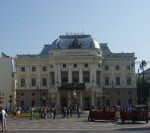

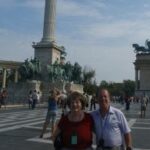


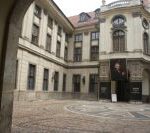
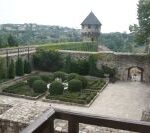

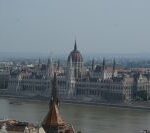

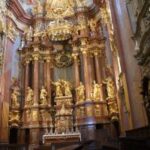

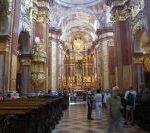



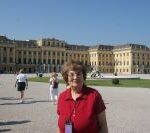

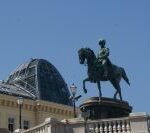
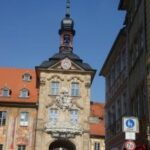

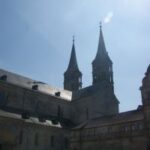
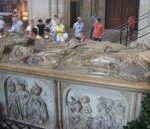
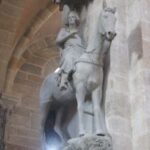
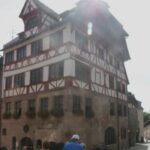
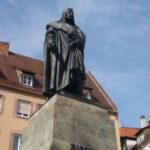
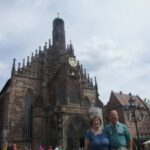


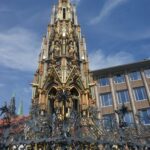
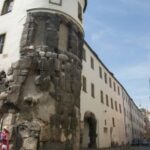


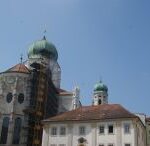

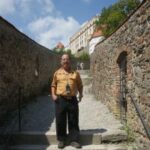

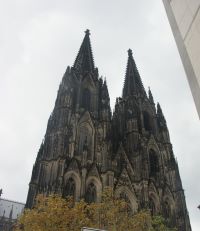
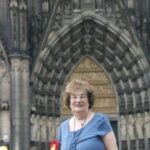
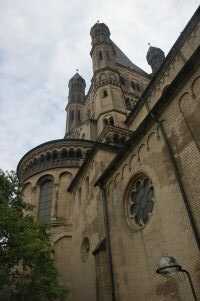
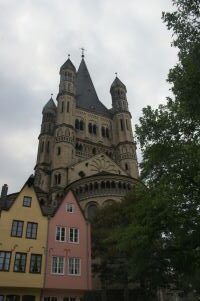
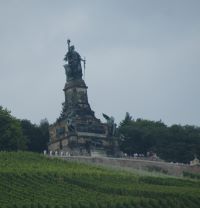
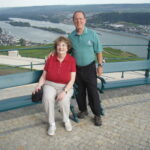
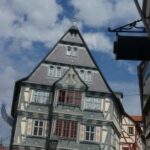
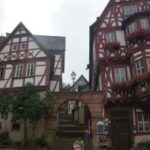
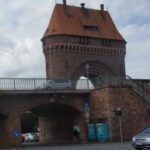
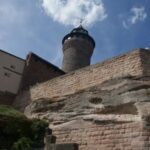

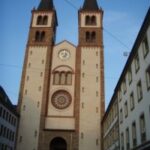




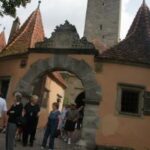
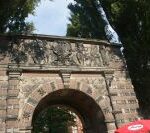
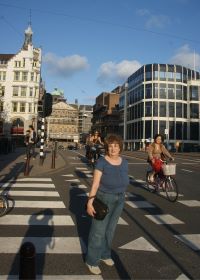
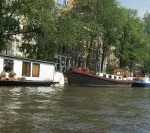
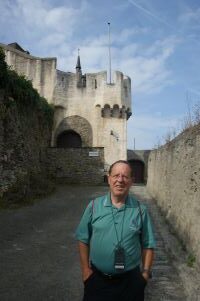
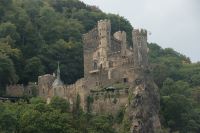
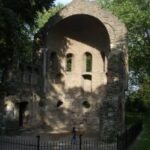
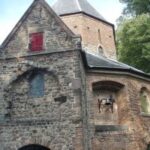
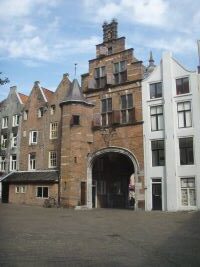
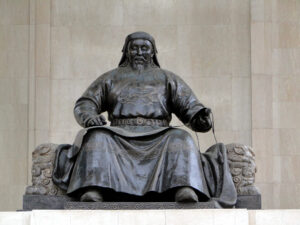 growing more comfortable with its past (the Soviets wiped out others’ history, and think of the Tartar years–the Mongol occupation– as the low point in Russian history). The airport, for example, is Genghis Khan International, and a $10 million statue of the Great Khan and his offspring decorates the main square of the city.
growing more comfortable with its past (the Soviets wiped out others’ history, and think of the Tartar years–the Mongol occupation– as the low point in Russian history). The airport, for example, is Genghis Khan International, and a $10 million statue of the Great Khan and his offspring decorates the main square of the city.
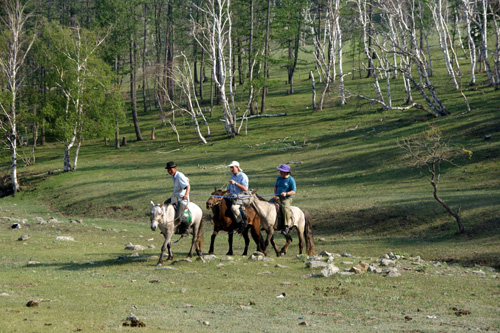
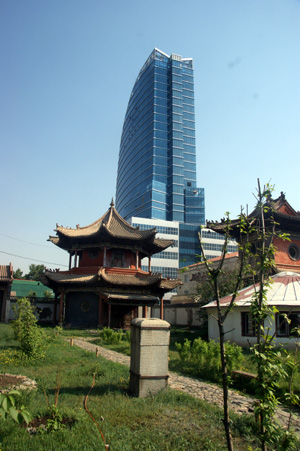
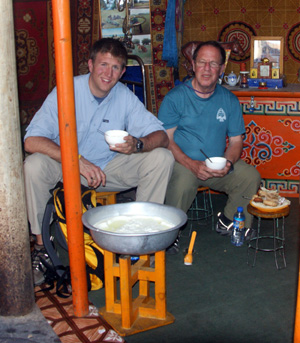
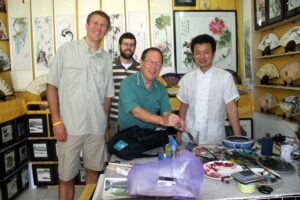 Two of the students decided they wanted to wander, but the others (there were three) joined me and JR as we wandered down the street. Pretty soon we were in an art shop, and had a new “best friend” who was the owner; before we left, he’d sold us a few paintings, took pictures with us, and introduced me to his 2-year-old daughter, with the knowledge that I had a 2-year-old grandson who speaks Chinese.
Two of the students decided they wanted to wander, but the others (there were three) joined me and JR as we wandered down the street. Pretty soon we were in an art shop, and had a new “best friend” who was the owner; before we left, he’d sold us a few paintings, took pictures with us, and introduced me to his 2-year-old daughter, with the knowledge that I had a 2-year-old grandson who speaks Chinese.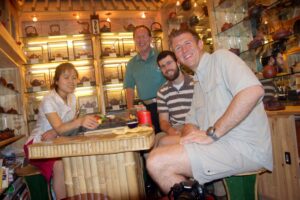 When we left his shop, a young lady came up to me with a picture she’d taken in her shop a few years ago, and said, “’lao peng you’ (old friend) I thought I recognized you. I’ve moved my tea shop. Come have a look.” For the next hour, we had a personal discussion/demonstration of eight different teas, a discussion of the world and what we’d done since we saw her last (she recognized JR—but everyone remembers him here), and, joined by the other two students who wandered by, left with teapots, tea bricks, and a better understanding of the tea business—and less Chinese money to change into dollars at the airport.
When we left his shop, a young lady came up to me with a picture she’d taken in her shop a few years ago, and said, “’lao peng you’ (old friend) I thought I recognized you. I’ve moved my tea shop. Come have a look.” For the next hour, we had a personal discussion/demonstration of eight different teas, a discussion of the world and what we’d done since we saw her last (she recognized JR—but everyone remembers him here), and, joined by the other two students who wandered by, left with teapots, tea bricks, and a better understanding of the tea business—and less Chinese money to change into dollars at the airport.